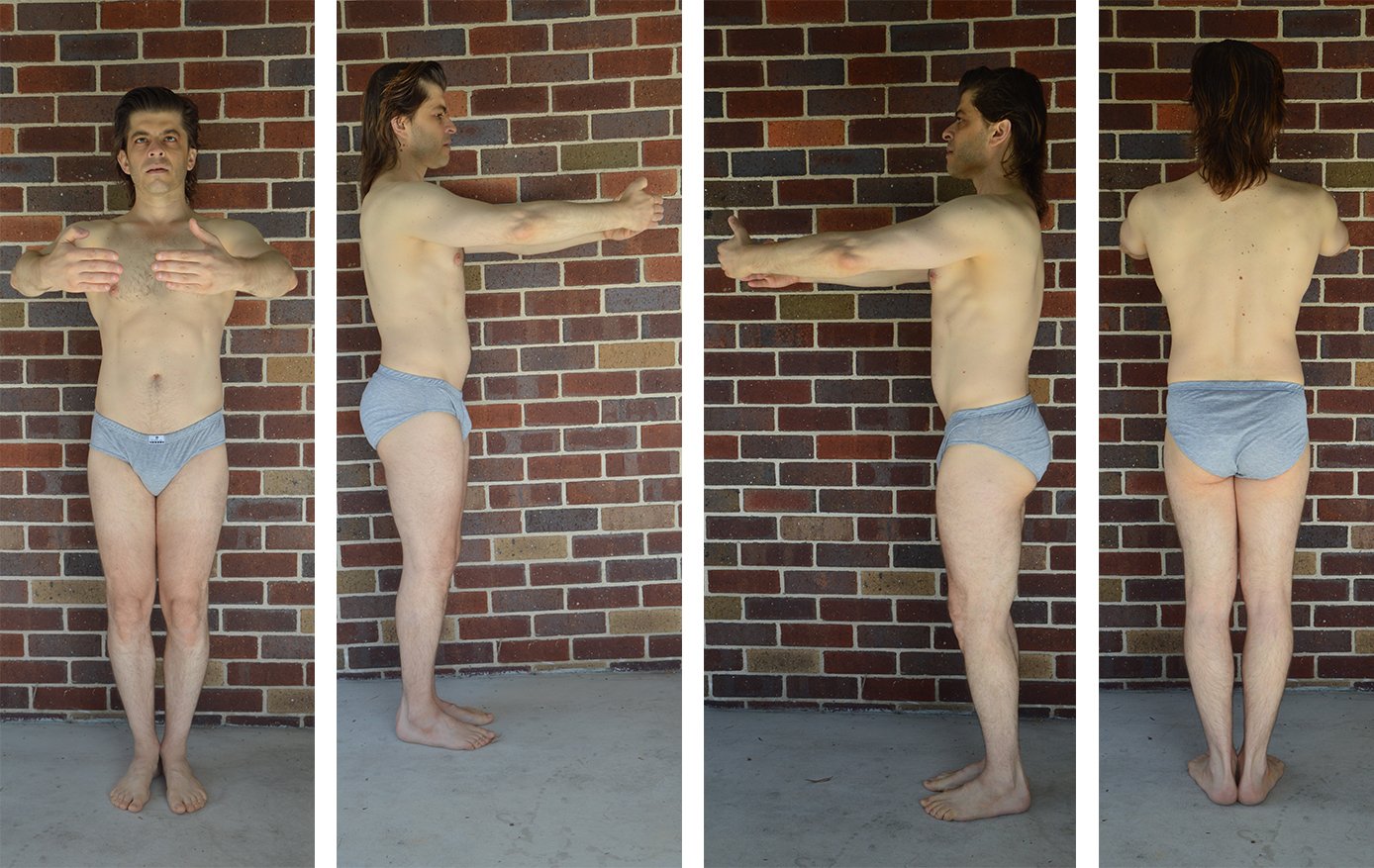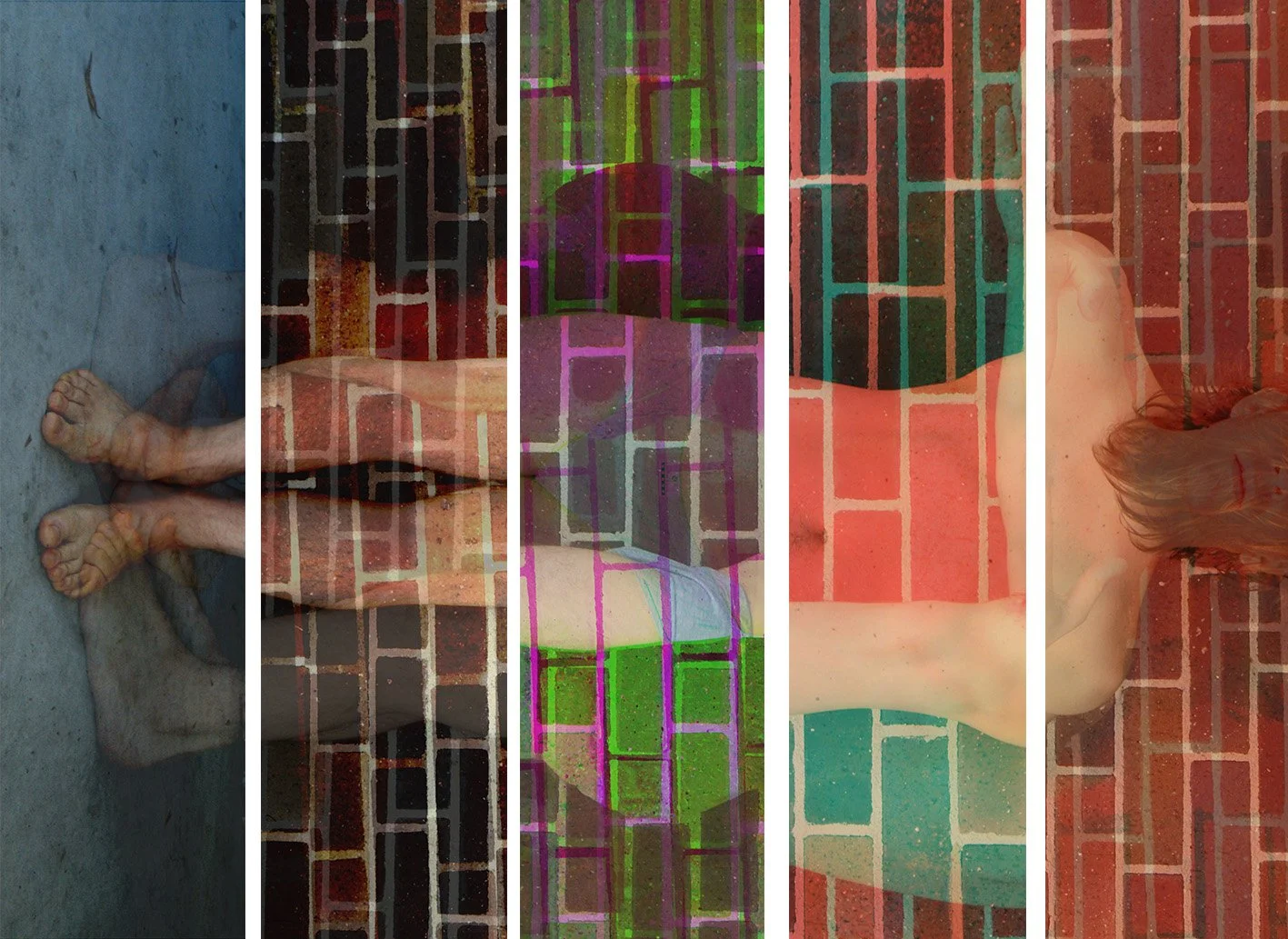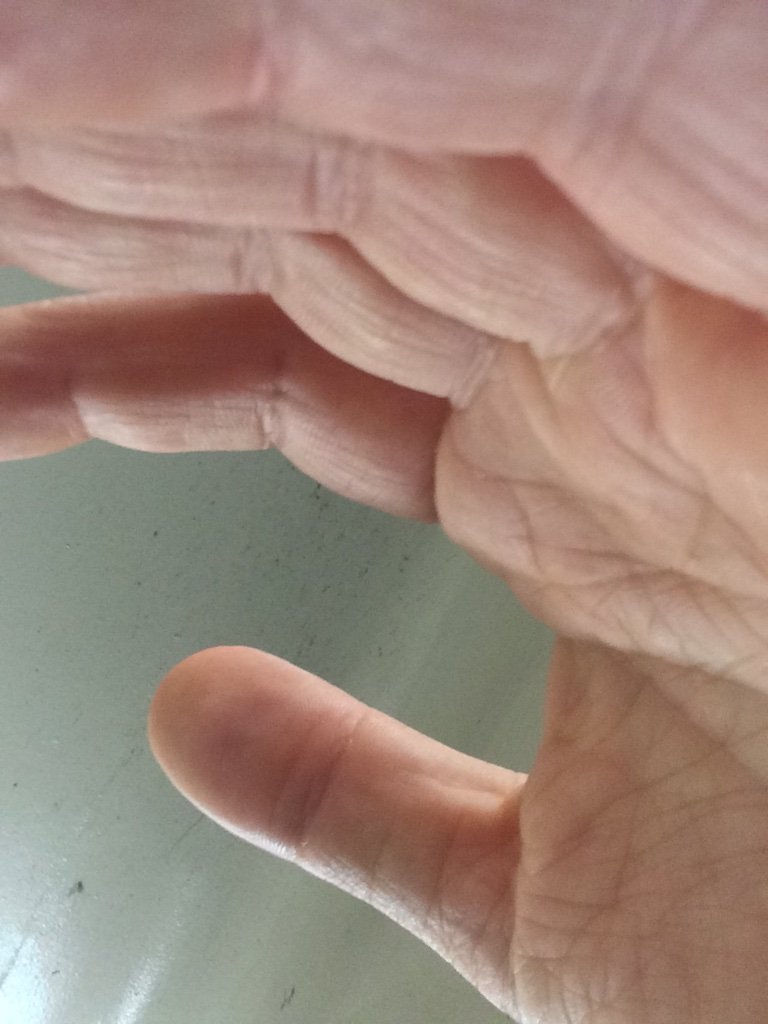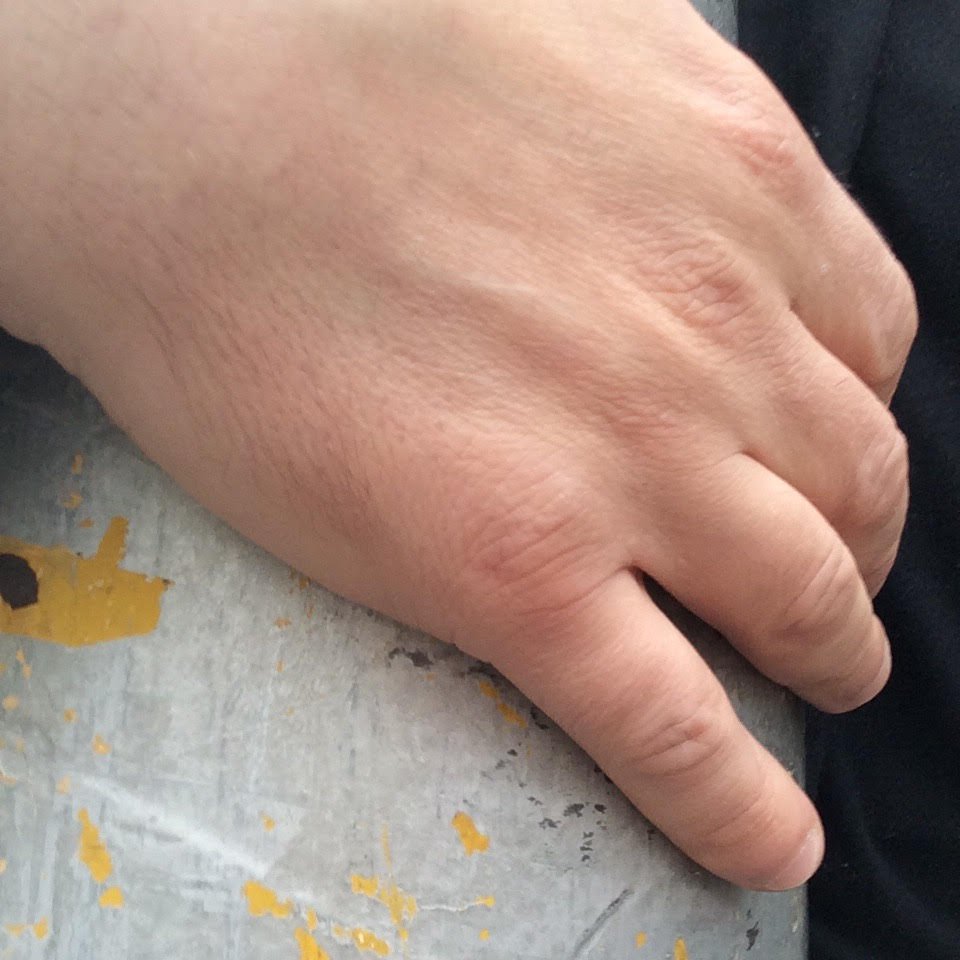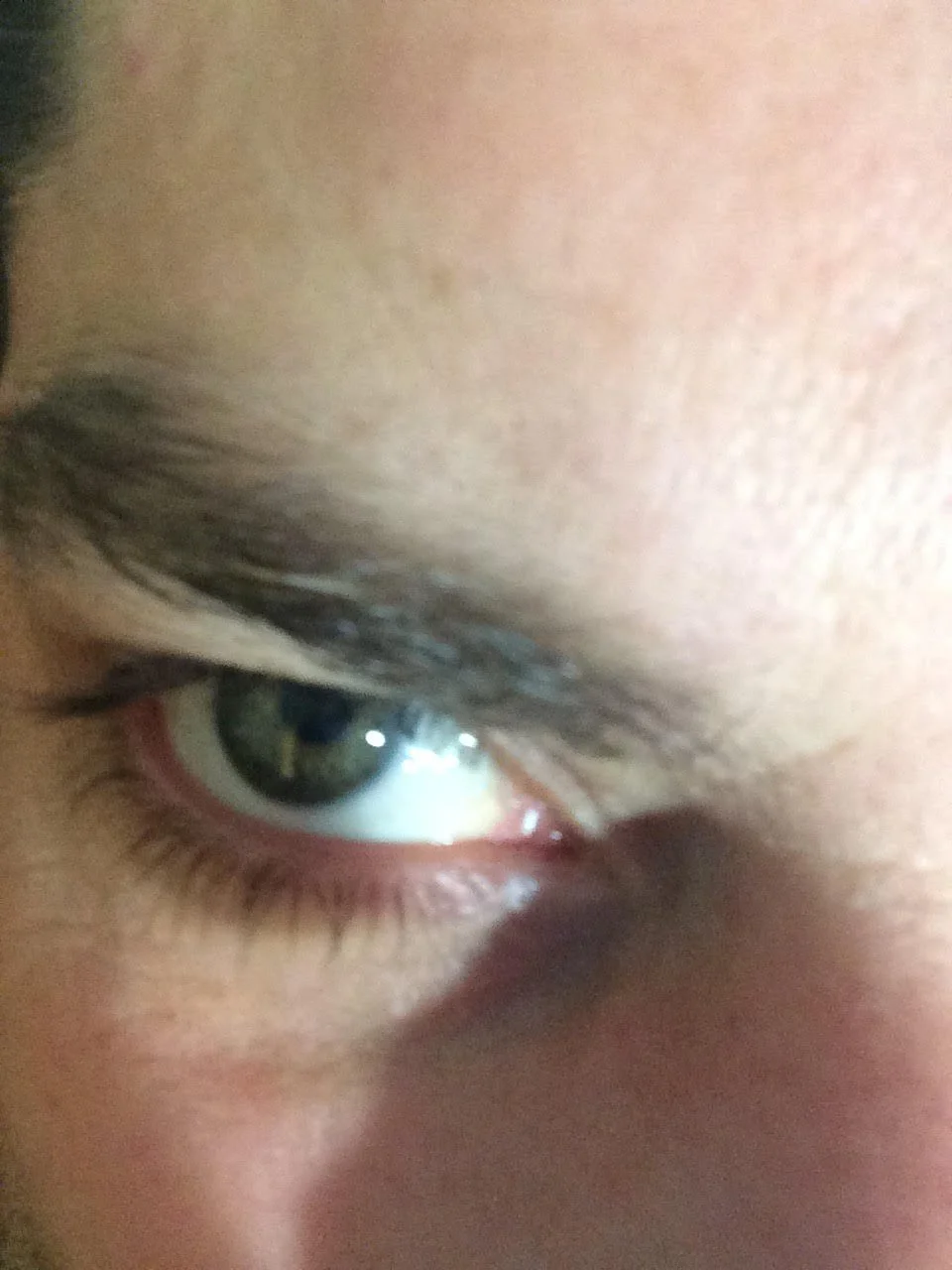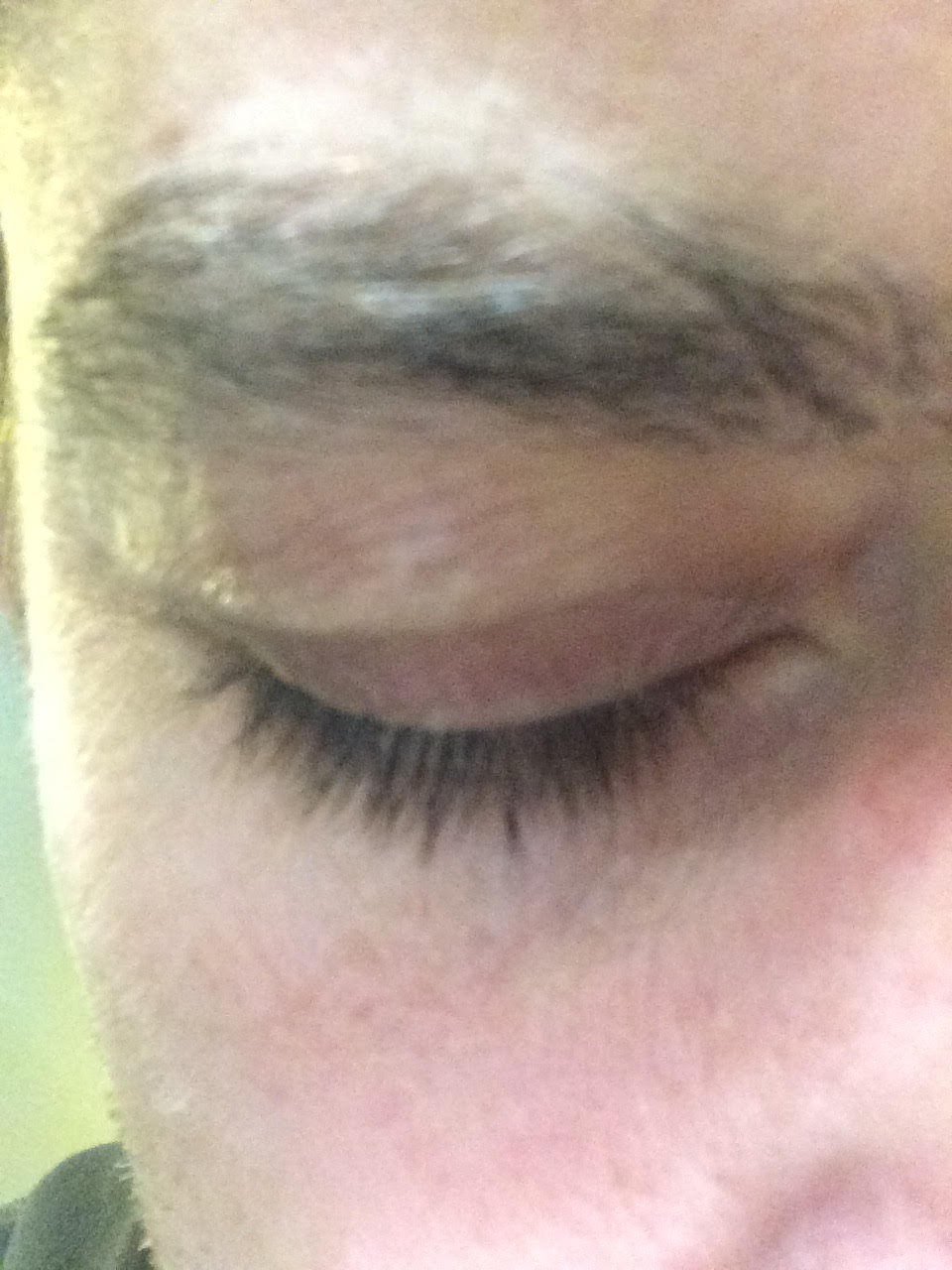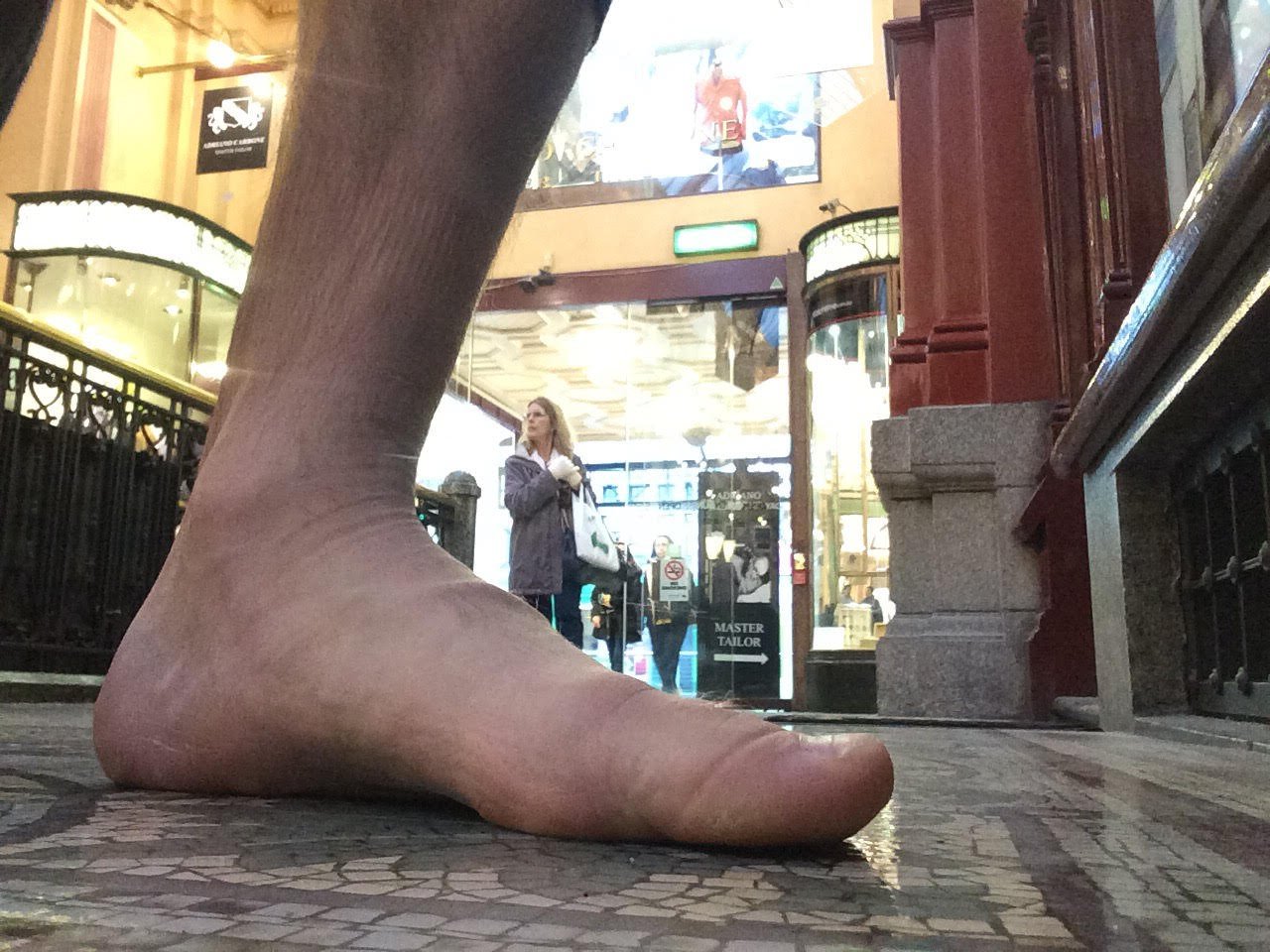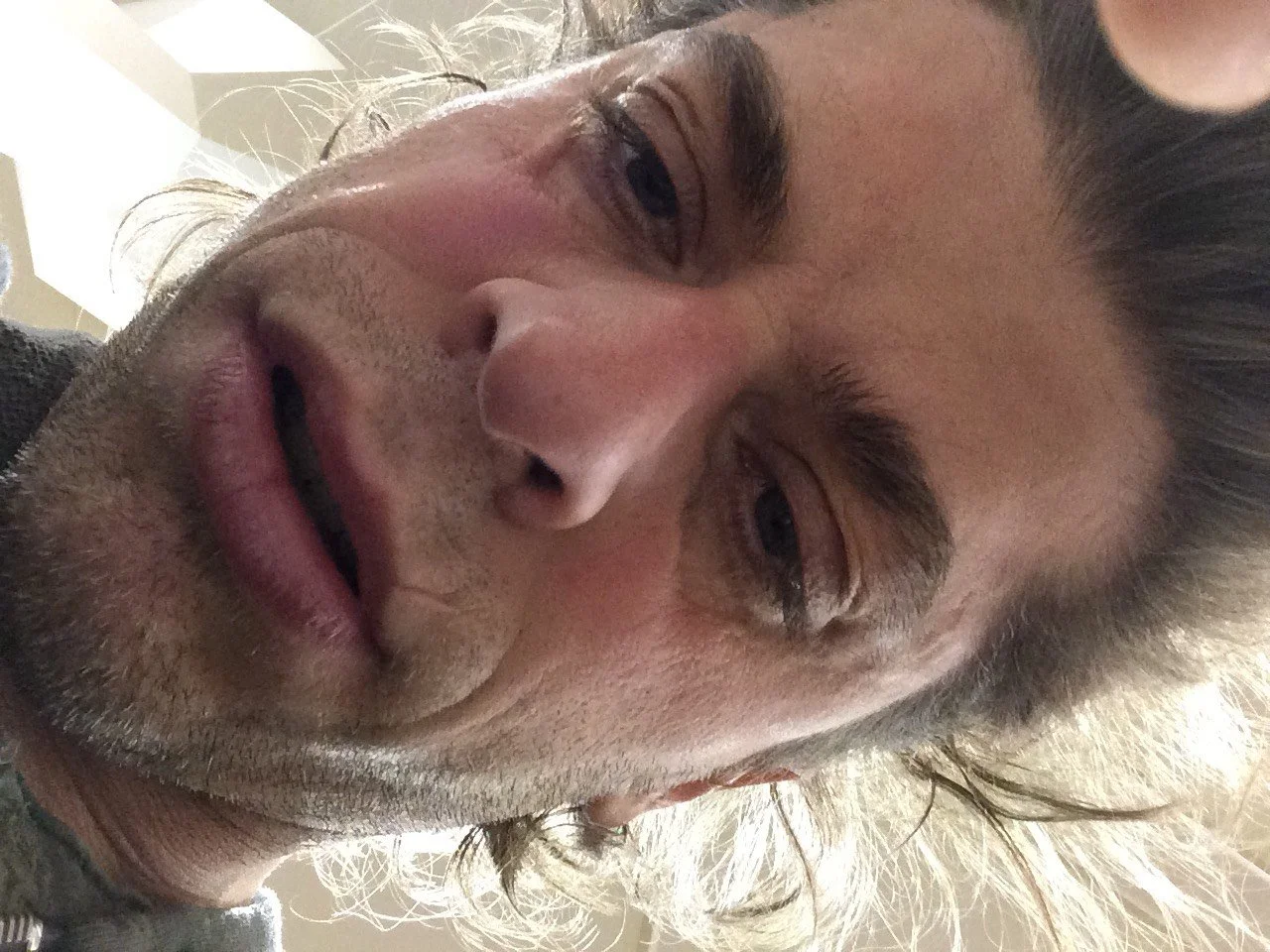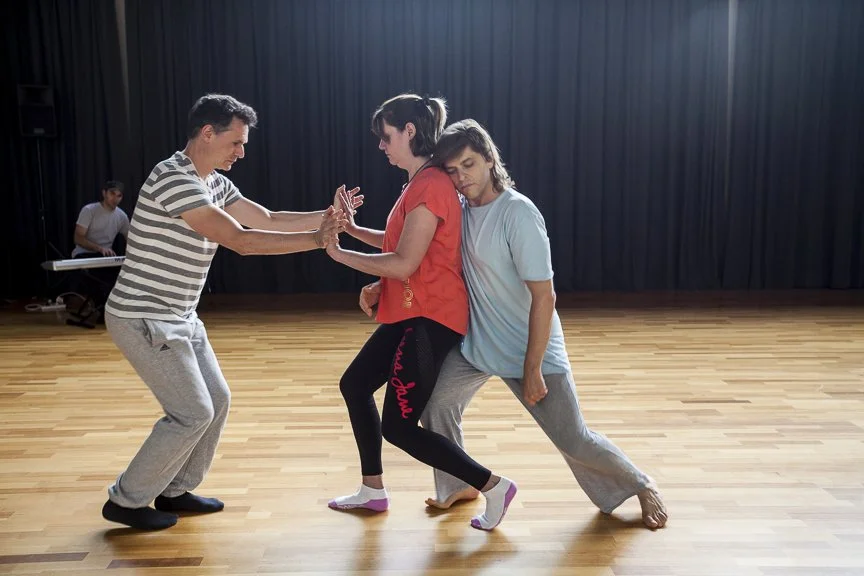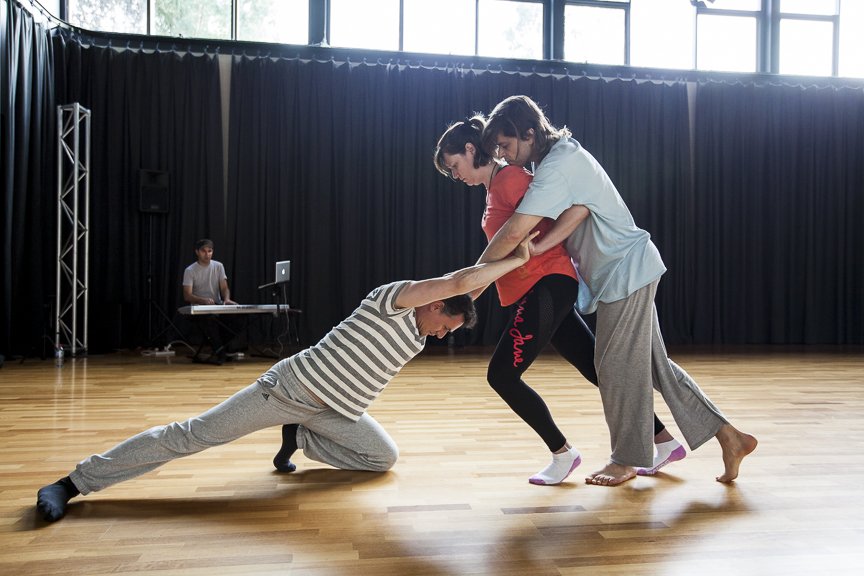‘RE-ENGAGING TOUCH IN TANGO’
An Experiential Framework for Kinesthetic Listening
Practice-led Phd by Research in Dance and Performance Studies
Deakin University, Melbourne
2016-2020
School of Creative Arts and Communication, Art and Performance Research Group
supervisors: a/prof rea dennise, a/prof jo raphael, dr sally gardner
Thesis summary:
This study places Argentine tango dancing within the field of contemporary dance improvisation. It proposes a critical somatic framework to extend the practice and understanding of tango as a form of kinesthetic listening. New insights are offered on the feeling of touch and how this is transmitted between the dancers.
Read and Download PhD Thesis
“Having danced and taught tango for several years, I was led to this study by the desire to understand how it is that, within the framework of the milonga, tango allows the partners (who are likely never to have met each other before) to indulge in a deep, sensuous and long-lasting experience of touch. ”
Positioned in the field of somatics in dance improvisation, this study asks how a tango dancer might step outside the customary framework of the practice, to re-engage touch by working with tango and other improvisational dance modes. The research question is addressed by setting up a parallel between touch in the dance of tango and listening in the experience of somatic movement. Extending the conventional use of the word listening, the emphasis is placed on the direct perception of how the soma is listening—i.e., having a directly felt sense of touch and movement. Taking my body as the site of inquiry, I frame a series of solo, duet and group somatic experiences in spaces where customary tango conditions and assumptions do not apply. Rather than taking for granted the blueprint of the tango duet, I set out to investigate the process of shifting from an experience of replicating the dance as an external form, to having a felt sense of touch and movement within the enabling constraints of the dance. This involves experimenting with a range of practical tools and strategies of movement inquiry borrowed from contemporary and contact dance improvisation.
“The study aims to explore the somatic potential of dancing tango by re-engaging the perception of touch framed in the traditional practice. This involves challenging the expectation—driven by habits, patterns or the style one is trying to imitate—that the encounter has to take a particular direction, with a given form. ”
Using a somatic approach to re-engaging touch as a tango dancer leads to a rethinking of the dance of tango as a form of kinesthetic listening. Touch as kinesthetic listening is articulated as a practical and conceptual framework for exploring and understanding the connection between inside and outside, as experienced when improvising movement with someone else. The focus is placed on the transmission of feelings and sensations occurring in the intimate space between bodies. The study problematizes the widespread assumption that dancing tango is premised on the erotic drive to merge with the partner. In particular, this challenges the assumption that one half of the duet must surrender so that the whole can be formed. The relation between touch and eros in the tango duet is reconfigured as an ongoing perceptual negotiation of impulses and roles which cannot be reduced to any fixed form of moving together.
“Rather than trying to adapt to a fixed idea of tango, I began to map the internal impulses and sensations associated with the lived experience of dancing in the milonga.”
The study contributes to knowledge by positioning the tango dance more firmly in the field of dance and somatic movement while enriching our understanding of how movement awareness works in relationship with others. In particular, the somatic framework of kinesthetic listening offers a bridge between research on touch in tango and on touch in contemporary and contact dance improvisation. This framework can be used by other tango dancers to enhance their somatic understanding of the dance and to promote plurality in their practice. It can also contribute to initiating a conversation with other movement forms not often seen as part of the field of somatic movement.
“I was led to recognize that the traditional form of the tango encounter acts on my dancing body with the powerful immediacy of an archetype, to convey not only the exterior shape of steps and patterns, but also, and more importantly for this research, the deeply personal feeling of playfulness and vulnerability shared in the dance. ”
